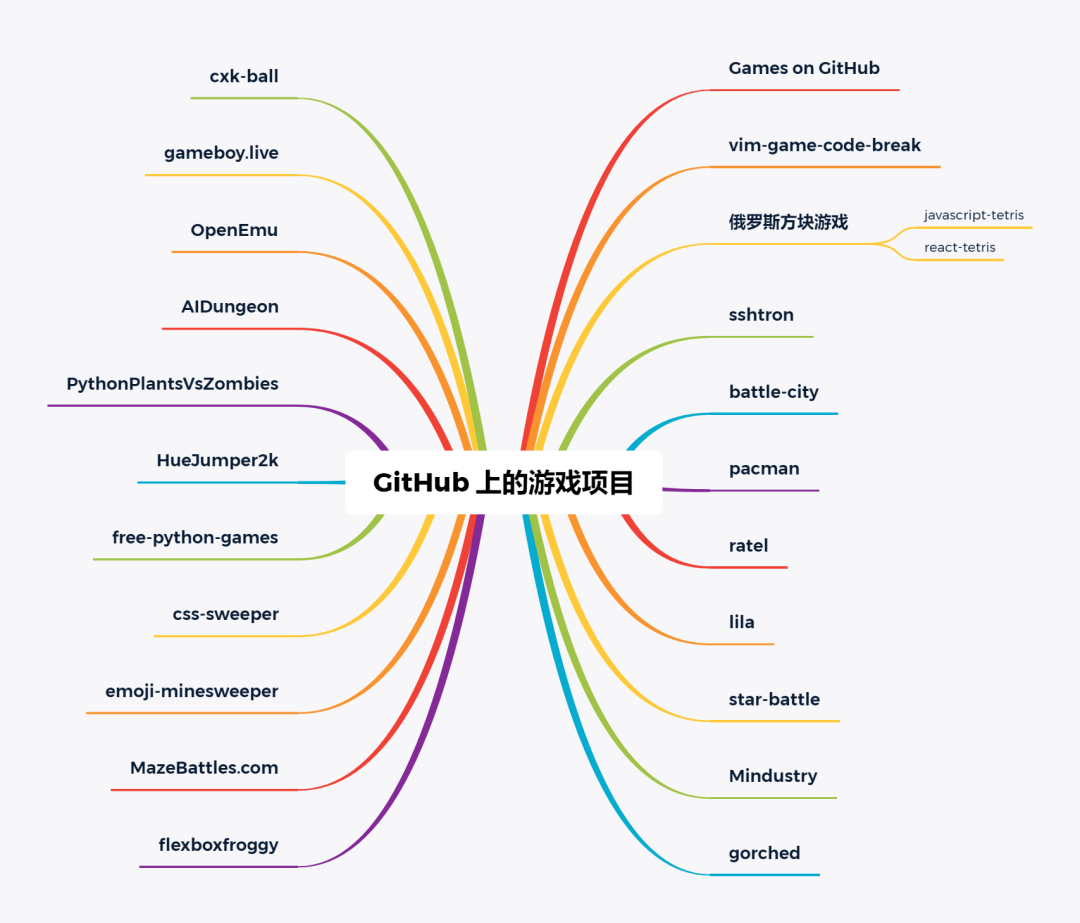I want to predict the response variable, and it has 700 classes.
Deep learning model parameters
from h2o.estimators import deeplearning
dl_model = deeplearning.H2ODeepLearningEstimator(
hidden=[200,200],
epochs = 10,
missing_values_handling='MeanImputation',
max_categorical_features=4,
distribution='multinomial'
)
# Train the model
dl_model.train(x = Content_vecs.names,
y='tags',
training_frame = data_split[0],
validation_frame = data_split[1]
)
Orginal Response Variable -Tags:
apps, email, mail
finance,freelancers,contractors,zen99
genomes
gogovan
brazil,china,cloudflare
hauling,service,moving
ferguson,crowdfunding,beacon
cms,naytev
y,combinator
in,store,
conversion,logic,ad,attribution
Response variable tags:
[74]
[156, 89]
[153, 13, 133, 40]
[150]
[474, 277, 113]
[181, 117]
[15, 87, 8, 11]
Error:
OSError: Job with key $03017f00000132d4ffffffff$_8355bcac0e9e98a86257f45c180e4898 failed with an exception: java.lang.UnsupportedOperationException: error cannot be computed: too many classes
stacktrace: java.lang.UnsupportedOperationException: error cannot be computed: too many classes at hex.ConfusionMatrix.err(ConfusionMatrix.java:92)
But in h2o-core/src/main/java/hex/ConfusionMatrix.javaConfusionMatrix.java is written that it can compute 1000 classes.

